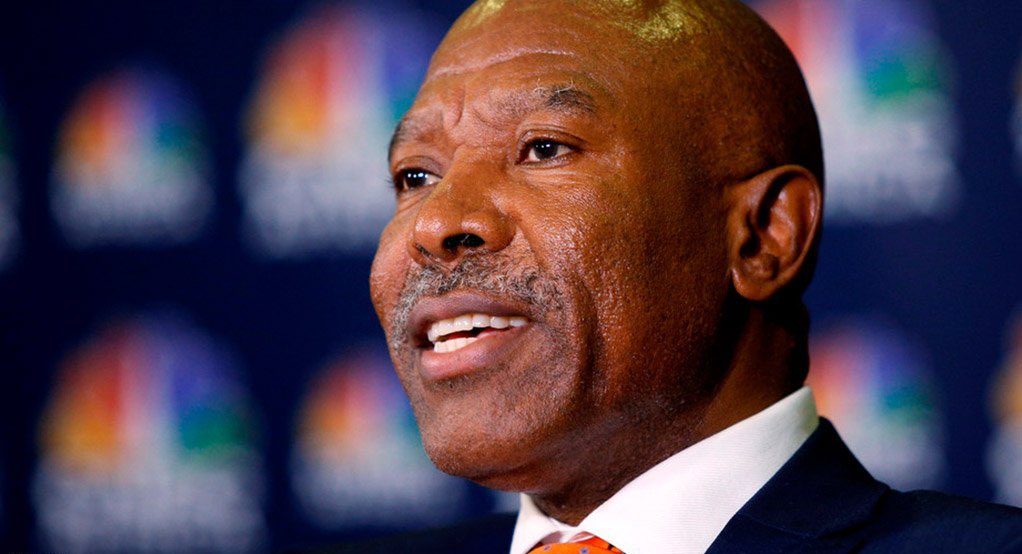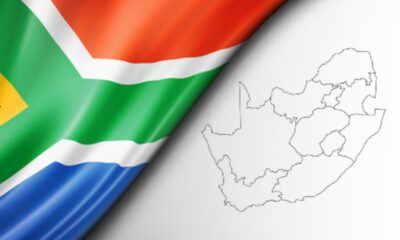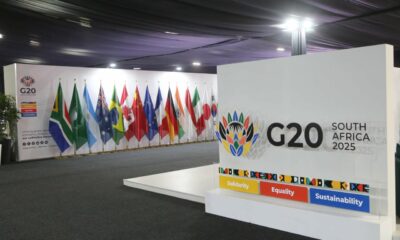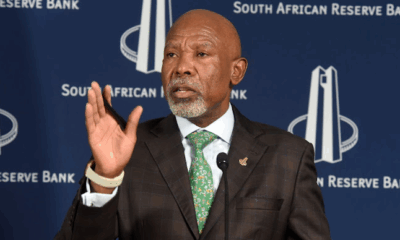News
SARB Eyes Lower Inflation Target as Price Pressures Ease

South Africa’s economy might be entering a new era, if the Reserve Bank gets its way.
There’s quiet talk turning into loud speculation that the South African Reserve Bank (SARB) could lower its official inflation target to 3%, possibly as soon as its next policy meeting this July. That’s a big shift from the current 4.5% midpoint in the 3% to 6% target range South Africans have lived with for a generation.
For the first time in 25 years, we may see a major rewrite of the country’s monetary playbook. But not everyone’s on board just yet.
A New Chapter for South Africa’s Inflation Goals?
This isn’t a random idea thrown out by analysts. It’s coming from inside the building, SARB Governor Lesetja Kganyago himself hinted on 1 July that the long-standing inflation target review is almost complete. He called current economic conditions, particularly the decline in inflationary pressure a “window of opportunity” for change.
Citigroup economist Gina Schoeman has gone further. She says there’s a “reasonable chance” the bank moves forward this month and sets a lower target, with a 3% benchmark and a 1% tolerance band. That would mark a more aggressive stance on keeping consumer prices stable and on reasserting the Reserve Bank’s credibility as inflation fighters.
The Politics of Monetary Policy
But here’s the catch: this decision isn’t entirely in SARB’s hands. Finance Minister Enoch Godongwana isn’t exactly rushing to greenlight the move.
“This isn’t a decision to be made in haste,” Godongwana said this week, reminding everyone that as finance minister, he gets the final say.
And he’s not wrong to be cautious. Inflation targeting affects borrowing, investment, wage negotiations, and the government’s ability to meet its debt obligations. Shift the target too low, too fast, especially without coordination and you risk confusion, or worse, unintended economic slowdowns.
Why Now?
So why is SARB even considering this bold pivot?
It’s about timing. Inflation has been playing nice lately, hovering in the 3% region. This gives policymakers a chance to lock in that trend while it’s still manageable, before another global oil spike, food crisis, or geopolitical shock rattles prices again.
Plus, SARB’s own research shows that a lower inflation goal could boost public finances, reduce long-term borrowing costs, and improve economic predictability. If the shift is done soon, Treasury would still have time to factor it into October’s Medium-Term Budget Policy Statement, giving the fiscal side of the state a chance to adjust without being caught off guard.
What’s at Stake for Everyday South Africans?
For most people, inflation targets feel like abstract concepts. But they affect the real world: your grocery bill, the interest rate on your car loan, your rent. A lower target means the central bank is more likely to keep interest rates higher for longer, to ensure inflation stays closer to 3%.
That’s great for protecting your purchasing power, especially retirees, savers, and the poor, who are hit hardest by high inflation. But it might frustrate borrowers and businesses hoping for rate cuts to stimulate growth.
The SARB has been carefully walking the line since 2020, managing inflation expectations and pushing for credibility in an environment of fragile economic growth and volatile energy prices. Lowering the inflation target would be a bold step, but only if backed by coordinated fiscal policy and clear public communication.
If this happens at the end of July, it could mark a turning point in how South Africa manages inflation, investment, and long-term economic planning.
And if it doesn’t? It’s clear the debate isn’t going away. With low inflation giving the SARB rare breathing room, the next few months may determine the shape of South African monetary policy for decades to come.
{Source: Moneyweb}
Follow Joburg ETC on Facebook, Twitter , TikTok and Instagram
For more News in Johannesburg, visit joburgetc.com



























